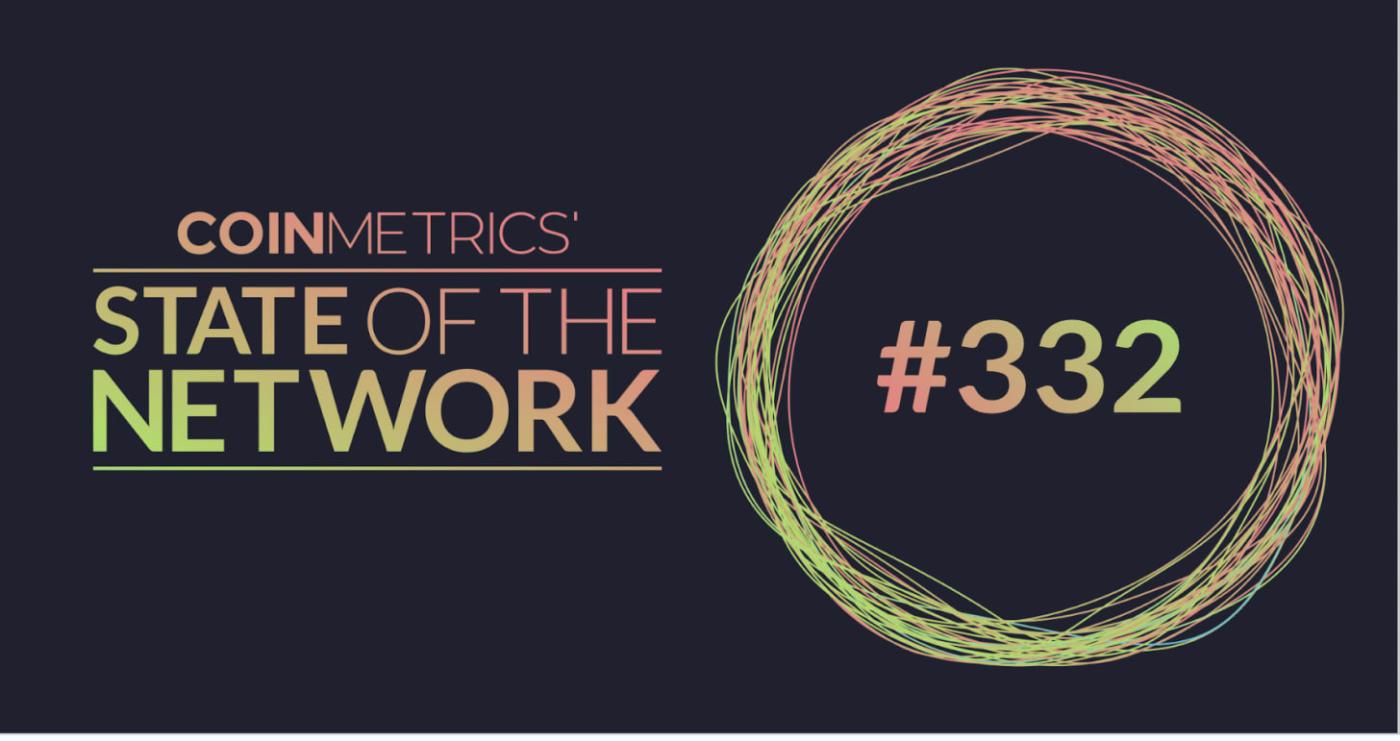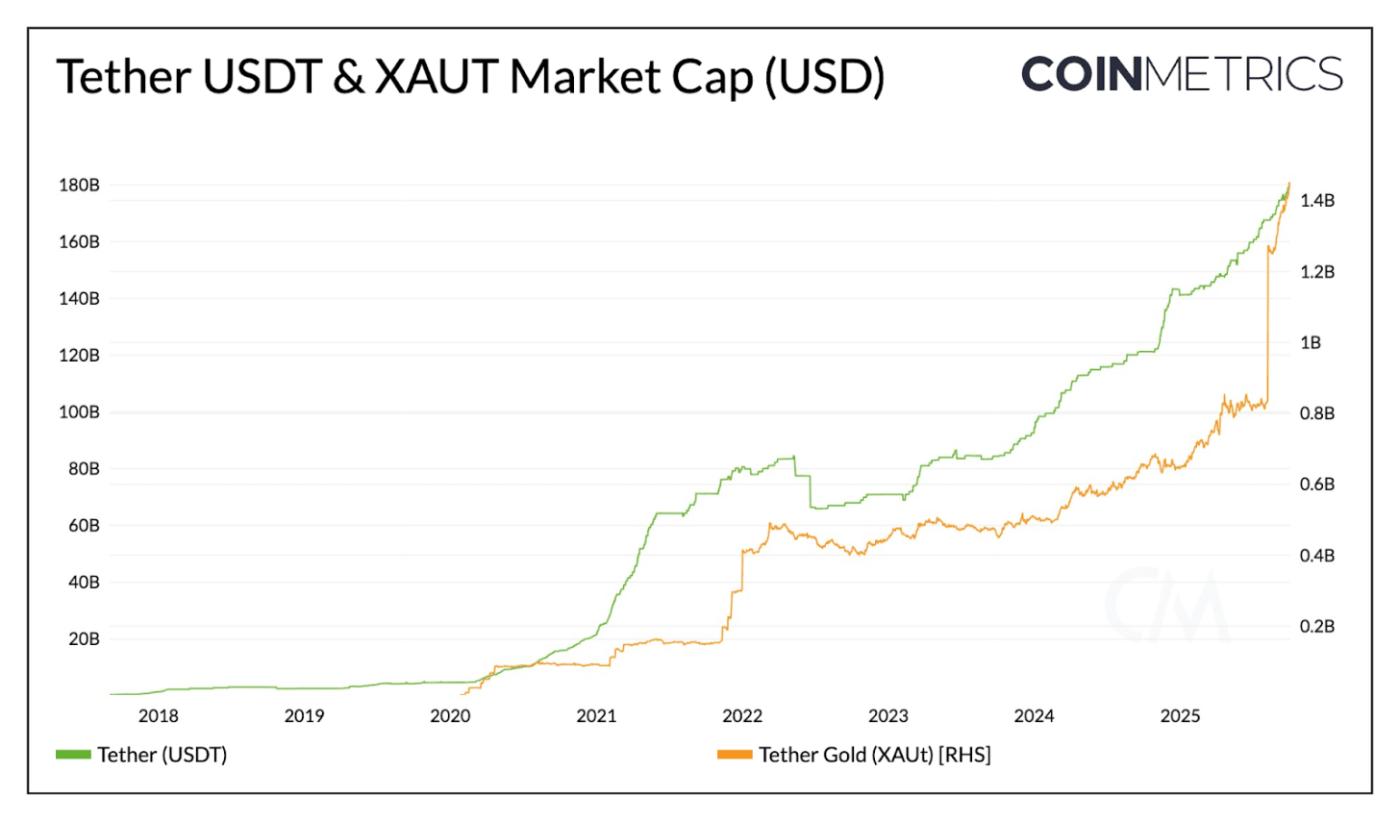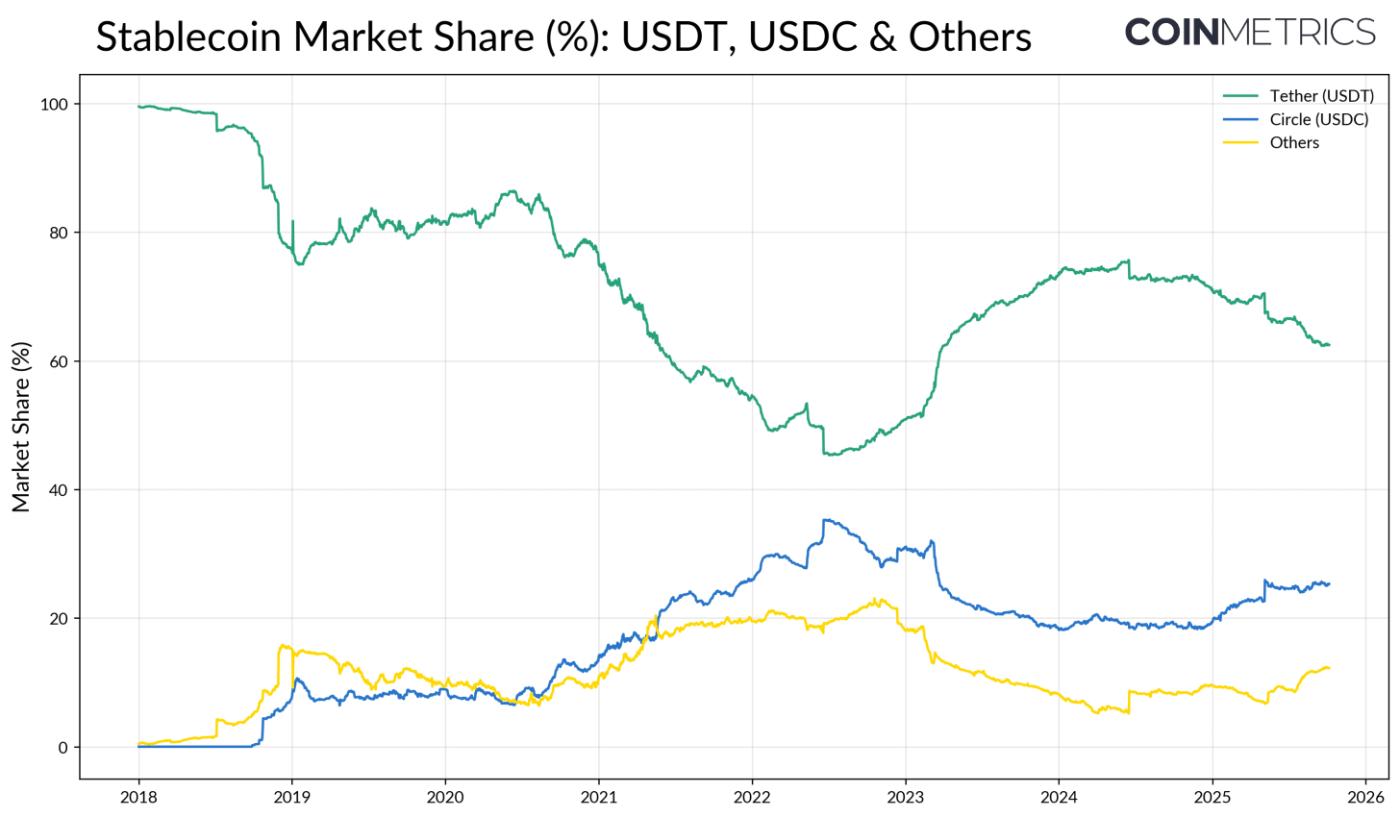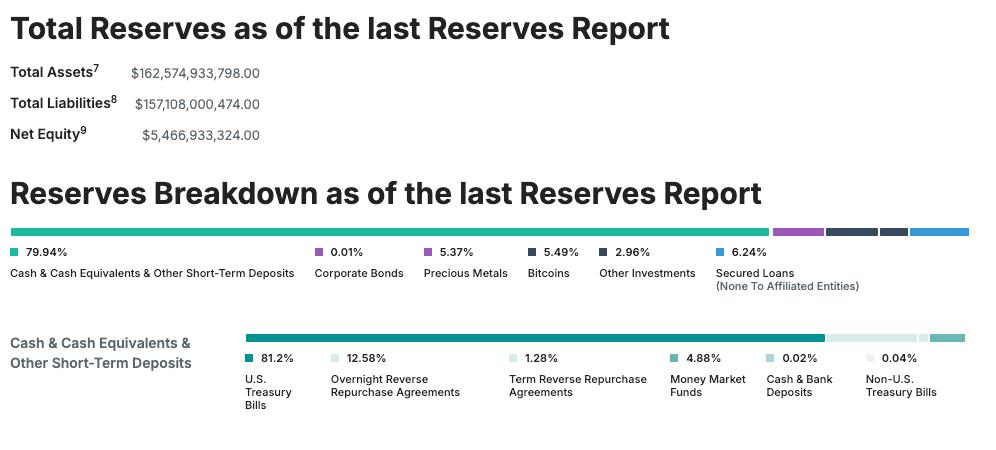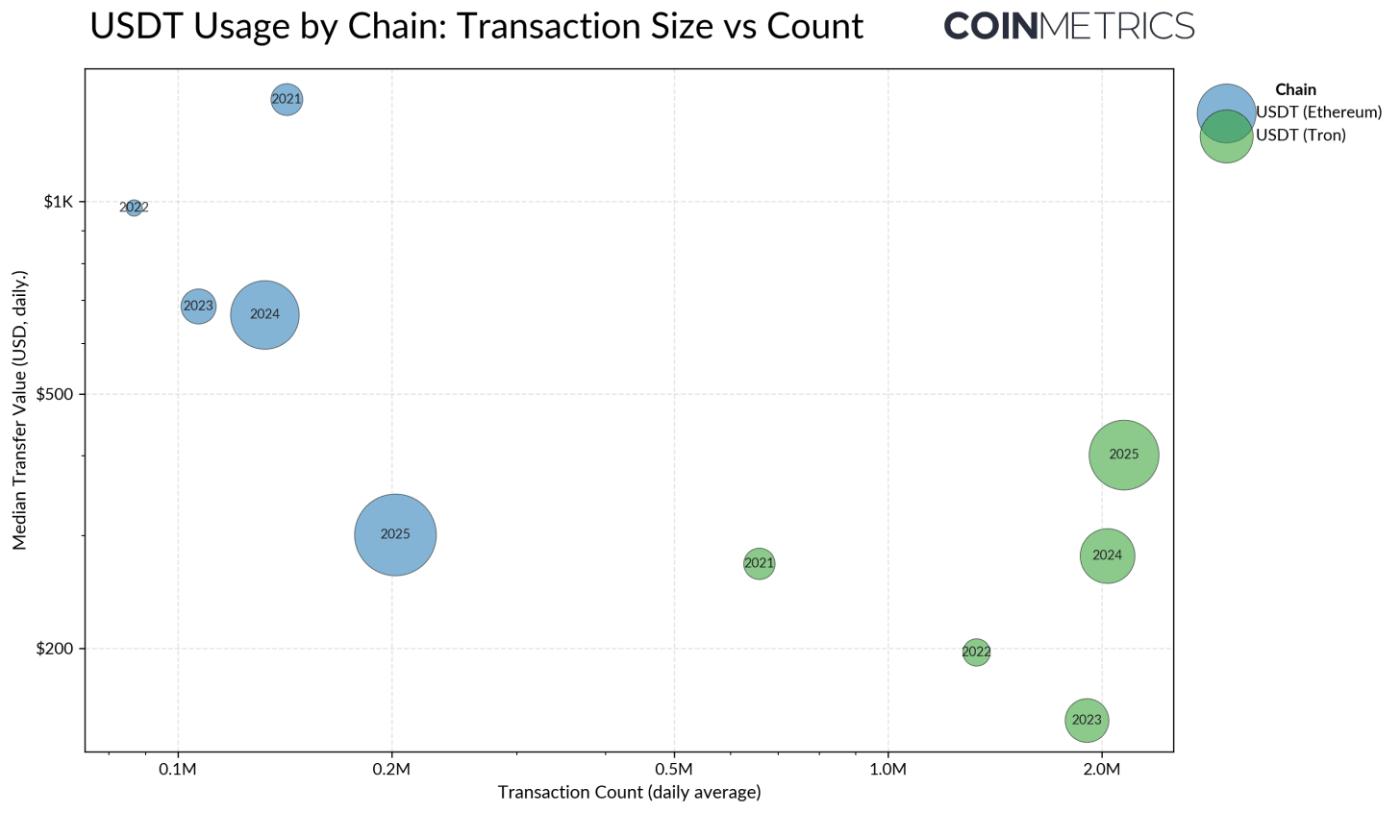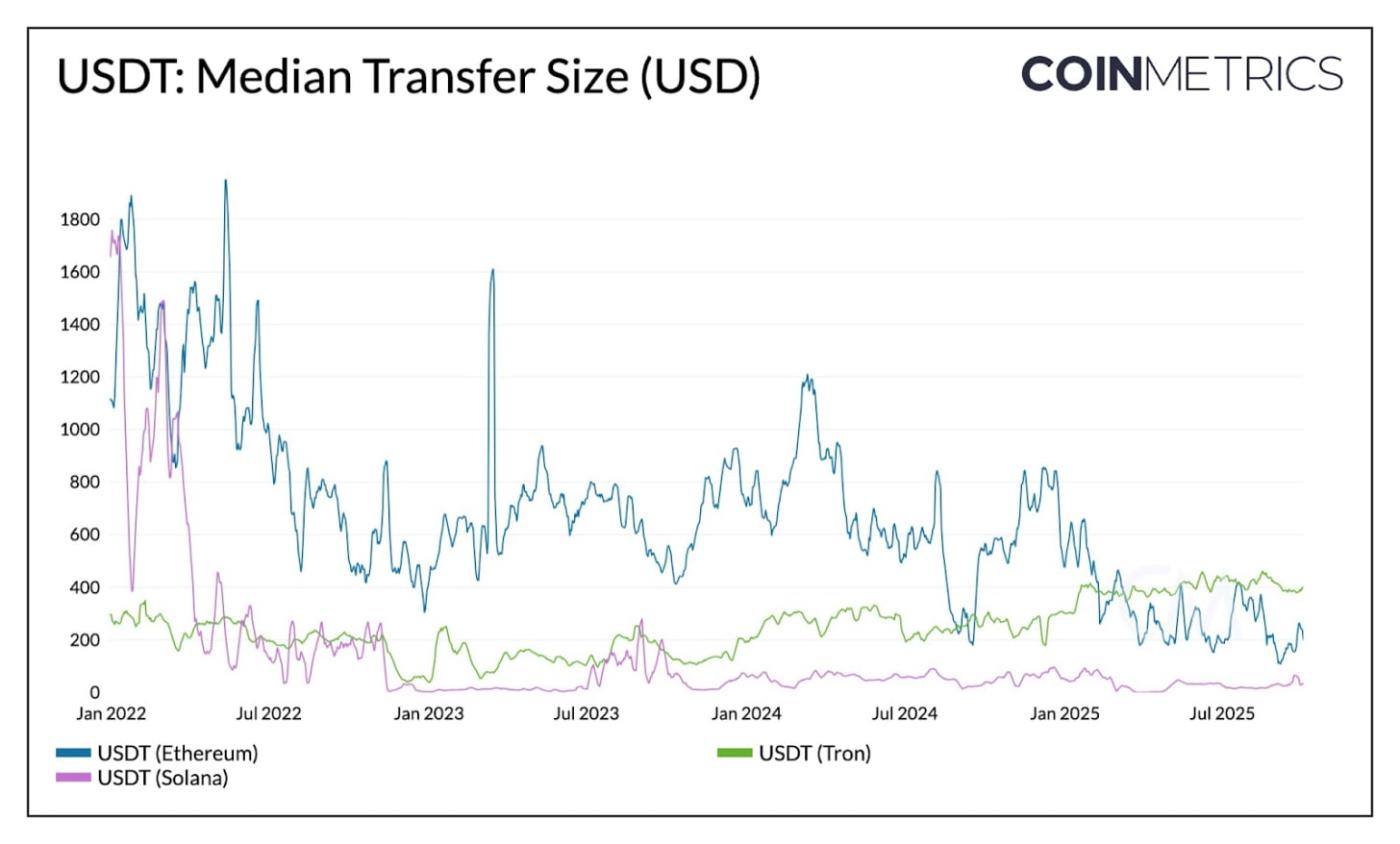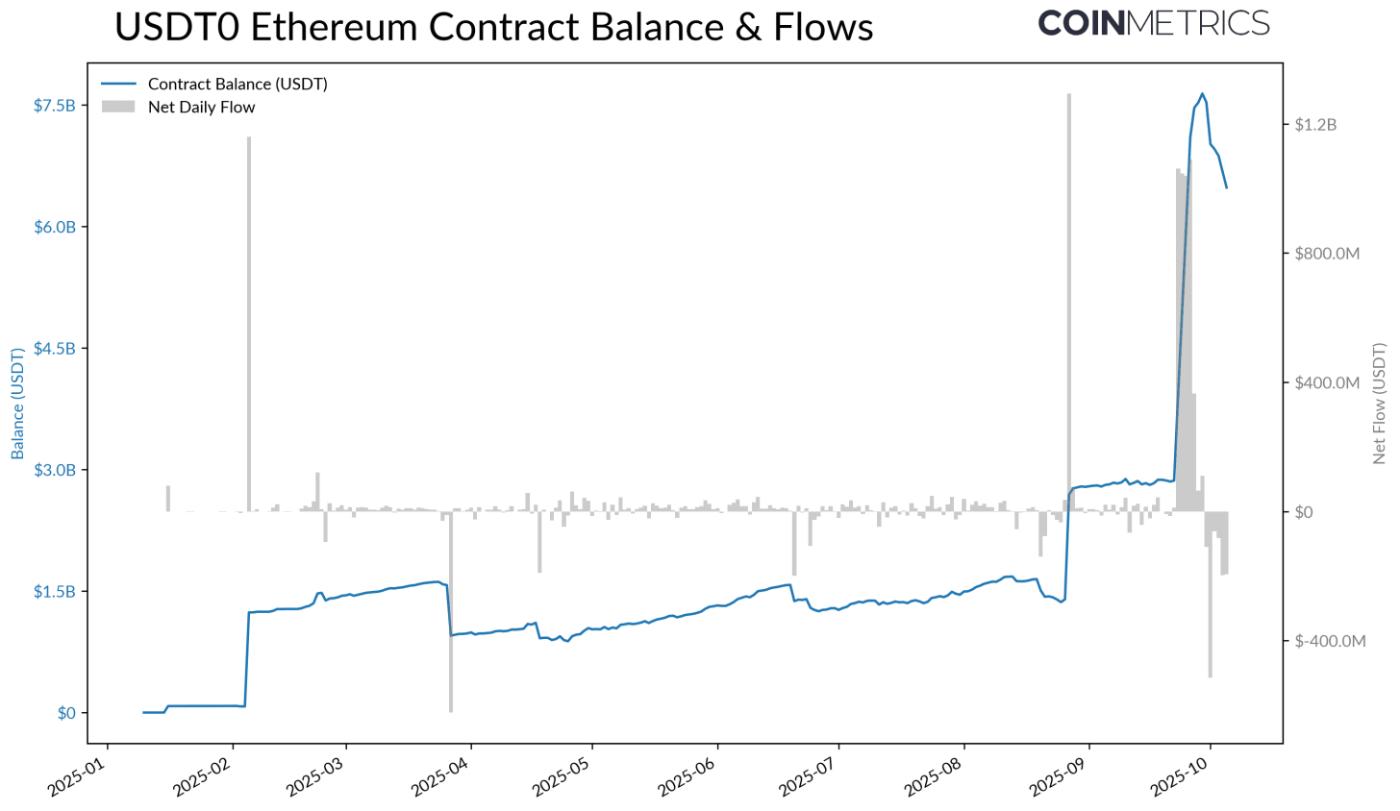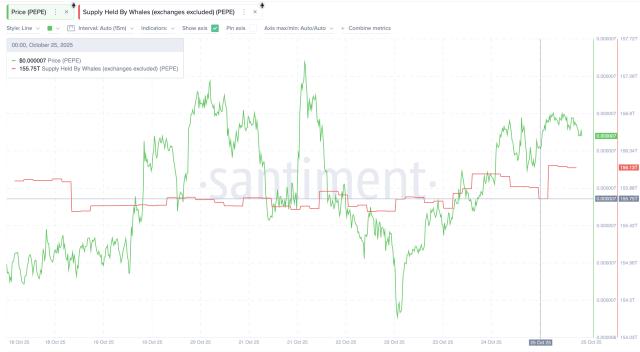Get the best data-driven crypto insights and analysis every week:
Tether’s Next Chapter: Extending Dominance Across Networks and Rails
Key Takeaways:
Tether remains the global leader in stablecoins, anchoring access to dollars in emerging markets and driving demand for U.S. Treasuries through its reserves.
USDT’s dominance is declining as new regulation and competitive dynamics reshape the stablecoin market with differentiation across compliance and yield-distribution.
Ethereum and Tron’s roles in USDT activity are evolving, with Tron maintaining leadership in high-frequency, low-cost payments, while Ethereum’s falling fees and liquidity fuel broader retail and settlement adoption.
Emerging rails present a new growth opportunity, with USDT0 and stablecoin-focused networks like Plasma extending Tether’s distribution across networks and use-cases like payments.
Introduction
Tether’s USDT unquestionably stands as the global stablecoin leader today, commanding about 60% of the $300B market. Once primarily a trading instrument, USDT’s significance now extends beyond crypto markets, serving as a key conduit for dollar access in emerging economies and carrying growing geopolitical importance for the onshore U.S. market. At the same time, Tether has become one of the most profitable companies in the industry, earning multi-billion-dollar quarterly profits and pursuing a $20 billion capital raise that could make it one of the most valuable private firms in the world.
However, as regulation and intensifying competition reshapes the stablecoin landscape, Tether’s next chapter hinges on whether it can maintain its network effects and extend its long-standing dominance. Building on our recent look at post-GENIUS stablecoin sector dynamics, we examine Tether’s market position as it balances a dominant present with an increasingly competitive future. We look at how USDT’s market share has evolved, how its activity differs across blockchains today, and how emerging rails could shape its role in the next phase of stablecoin growth.
Tether’s Market Position & Significance
With $180B outstanding, Tether’s USDT is the largest stablecoin by a wide margin (about ~2.4x larger than Circle’s USDC and ~3.6x all other stablecoins combined). Its scale and liquidity make it a vital instrument for protecting savings, providing economic stability and facilitating transactions, especially in regions where banking infrastructure is limited or countries where local currencies experience inflation rates of over 5%.
Source: Coin Metrics Network Data Pro
Alongside the dollar, Tether also offers tokenized exposure to gold through XAUt, which has grown to over $1.4B in market cap amid rising demand for alternative stores of value. Tether appears to be expanding on this dual strategy, seeking a $200M capital raise with Antalpha Platform for a digital asset treasury that would acquire Tether’s XAUt token. With further investments into bitcoin and gold mining, Tether is moving towards blending different forms of value preservation.
Market Share & Growth Rate Pressures
USDT’s first mover advantage and deep liquidity across exchanges have lent it strong “network effects”. USDT’s market share exceeded 80% in the early phase of the sector, after which the rise of USDC and BUSD brought its dominance closer to 50%. The collapse of Silicon Valley Bank (SVB) in 2023 quickly reversed this trend, as capital fled competing issuers. Since 2024, however, and approaching the passage of the GENIUS Act in 2025, USDT’s share is once again shown signs of compression.
Source: Coin Metrics Network Data Pro
Circle’s USDC has gradually regained footing amid onshore regulatory momentum, while “Others”, primarily yield-bearing alternatives like Ethena’s USDe, Sky’s USDS, and tokenized money-market funds, are gaining ground. The market now appears to be in transition, with USDT continuing to lead in liquidity and adoption, but faces a growing competition from both incumbent payment networks entering the market, and from alternatives that distribute yield.
Profitability & The Path to Compliance
Despite growing competition, Tether is the most profitable stablecoin issuer with net profits of $4.9B in Q2 2025. This is supported by $127B in U.S. treasury reserves, making them among the largest holders of U.S. government debt globally. However, Tether has operated as an offshore issuer headquartered in El Salvador, with a portion of reserves including non-compliant assets like precious metals, bitcoin and secured loans. To address this, Tether plans to launch USAT, a U.S.-domiciled and fully compliant stablecoin, reinforcing its onshore growth strategy and role in U.S. debt demand.
Source: Tether Transparency (As of June 30 Attestation Report)
How USDT Moves Across Blockchains
Having established Tether’s market position as an issuer, it’s important to understand how USDT moves across blockchains, the rails that underpin its transfers and settlement. The way USDT circulates is shaped by each network’s capabilities and influences the types of activity and user segments that dominate on each chain. USDT usage reflects distinct corridors of activity, with the vast majority of issuance concentrated on Ethereum and Tron.
Tron has historically served as the dominant access point for users in emerging markets, favored for its low fees and fast settlement. With over 2.3 million transactions per day on average in 2025, Tron appears to be a very network for USDT transfers, supporting a consistent, high-velocity corridor of smaller, payment-like flows. This pattern aligns with its use in retail and remittance payments, where cost efficiency and accessibility matter most.
Source: Coin Metrics Network Data Pro
Ethereum, by contrast, has traditionally hosted larger-value, lower-frequency transfers, reflecting its role as a settlement and liquidity hub for DeFi and institutional activity. However, that dynamic is shifting.
Following the Dencun and Pectra upgrades, Ethereum’s average transaction fees have fallen below $1, enabling a higher frequency of smaller-sized transfers. Median transfer size on Ethereum has declined from over $1,000 in 2023 to roughly $240 by mid-2025, while Tron’s median has risen. This dynanamic is moving Ethereum closer to the kind of activity once exclusive to Tron.
Source: Coin Metrics Network Data Pro
This behavioral shift has also coincided with a redistribution of supply. In August 2025, Ethereum’s USDT supply ($96B) surpassed Tron’s ($78B), showing how lower fees and deeper liquidity are drawing activity back to Ethereum.
Source: Coin Metrics Network Data Pro (USDT on Ethereum, USDT on Tron)
The trend is also evident in the composition of USDT payments across blockchains. On Tron, the gap between retail and mid-sized transfers has narrowed as medium-sized flows gain momentum. On Ethereum, the number of retail (<$100) and mid-sized ($1K–$10K) payments has grown sharply since 2024, while large ($100K–$1M) transfers remain steady. This suggests that USDT’s usage is diversifying toward smaller-scale activity as the network becomes more accessible.
Extending USDT’s Dominance Through Emerging Rails
The evolution of USDT across chains like Tron and Ethereum highlights how settlement speed, cost, and liquidity can shape user behaviour. Looking ahead, Tether is strategically expanding this reach through new distribution channels and settlement layers.
For instance, the launch of USDT0, built on LayerZero’s omnichain fungible token (OFT) standard, enables seamless cross-chain transfers by locking USDT on Ethereum and minting equivalent tokens on destination chains, maintaining a 1:1 backing.
Following the September 25th launch of Plasma, a stablecoin-optimized Layer-1 blockchain, the supply of USDT locked in the USDT0 Ethereum contract surged from $2.8B to $7.7B. With zero-fee USDT transfers, stablecoins as gas, and high-throughput design, Plasma quickly attracted over $6B in USDT0 supply, now settled around $4.2B.
While its long-term sustainability will depend on adoption of payments and savings (neobank-style) use cases, Plasma represents a new class of complementary rails for USDT, similar to how Tron and Ethereum serve distinct corridors today. Together, USDT0 and Plasma illustrate how Tether is expanding distribution across a broader set of networks that can support diverse needs, from high-value settlement to payments, DeFi, and retail activity.
Conclusion
Tether’s next chapter will unfold amid intensifying competition and growing regulatory clarity, as stablecoins mature into global payment infrastructure. Its ability to sustain dominance will hinge on evolving from an offshore issuer into a multi-chain, compliant infrastructure provider, all without eroding its core advantages in liquidity and distribution.
The emergence of omnichain USDT and stablecoin-focused networks like Plasma signals a more diversified future for settlement and payments. Whether Tether extends its network effects or loses ground to competitors will ultimately define the next phase of the sectors evolution.
Coin Metrics Updates
Follow Coin Metrics’ State of the Market newsletter which contextualizes the week’s crypto market movements with concise commentary, rich visuals, and timely data.
As always, if you have any feedback or requests please let us know here.
Subscribe and Past Issues
Coin Metrics’ State of the Network, is an unbiased, weekly view of the crypto market informed by our own network (on-chain) and market data.
If you’d like to get State of the Network in your inbox, please subscribe here. You can see previous issues of State of the Network here.


